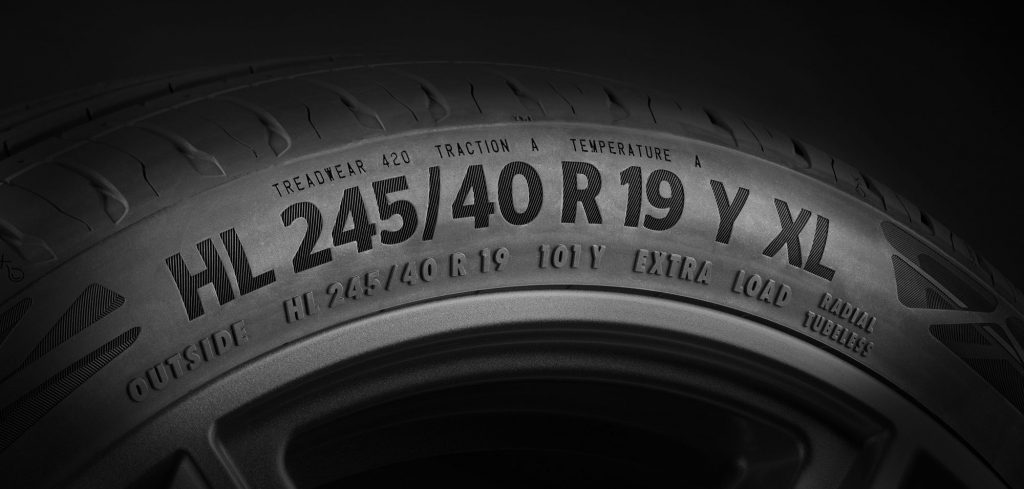Large, powerful cars and SUVs with electric or hybrid drive tend to be far heavier than conventional vehicles. At the same time, despite their heft, these models offer little scope for fitting larger tires with higher load capacities.
In response to these challenges, Continental says it is now manufacturing the company’s first passenger tire with the new ‘HL’ load index code. Inflated to the same pressure, these tires have a higher load capacity than those built to the former XL standard.
On the sidewall, products with the new maximum load capacity display the HL code ahead of the size, as in ‘HL 245/40 R 19 101 Y XL’. The load capacity of an HL tire stands at 825kg (load index 101), which equates to a 10% increase over the familiar XL standard of 750kg (load index 98).
Passenger tires of this size built to the SL standard, adequate for many cars, up to and including mid-range models, can only take a maximum load of 670kg (load index 94). That makes the load capacity of the new HL tires almost 25% higher and Continental states it is expecting to see growing demand from OEMs for tires with the new heavier rating.
According to the company, increasing the load capacity while at the same time meeting customer requirements called for a number of changes in both the tire structure and the rubber compound.
“We were dealing here with trade-offs that needed resolving at a very high level,” explained Dr Stefan Habicht who was in charge of the development of the tires. “In terms of construction, we reinforced the bead and enhanced the contour of the tire to reduce tire/road noise. At the same time we also optimized the pattern compound. As a result, we were able to achieve low rolling resistance, ensure precision handling and keep mileage at its customary high level.”
Continental is currently only producing tires to the new HL standard for OE fitments, but also plans to make them available on the replacement market.



